Do Treadmills Have Weight Limits? Here’s the Real Answer
/0 Comments/in Blog, Exercise Equipment, HOT NEWS, NEWSIf you’re shopping for a treadmill, one of the most important — and most overlooked — details is the weight limit. Many people assume that all treadmills can handle any body type, but that’s far from true. Just like cars and furniture, treadmills have a maximum weight capacity designed to protect both the user and the machine.
Understanding how those limits work can save you from wasted money, poor performance, or even injury. Let’s break it down.
Why Treadmill Weight Limits Matter
Every treadmill is built with a specific motor, frame, and belt design that determines how much weight it can safely support. The treadmill weight limit isn’t just about comfort — it’s about performance and longevity.
If you exceed the recommended capacity, the motor may strain, the belt can slip, and the deck might wear down faster. In some cases, the treadmill could even shut off mid-run as a safety precaution.
Manufacturers test their machines extensively to find the optimal weight threshold — not to exclude users, but to make sure each model performs smoothly for years.
Typical Weight Limits Across Different Treadmill Types
Not all treadmills are built the same, and their weight limits vary based on category:
Compact or folding treadmills: Usually support around 220–250 lbs. Ideal for light to moderate walking and home use.
Mid-range treadmills: Handle 250–300 lbs, offering a solid balance of durability and power.
Commercial treadmills: Can manage 350–450 lbs, built for gyms and heavy daily use.
The HARISON T101ECO treadmill, for instance, supports up to 280 lbs — a strong capacity for a home-use model that prioritizes safety and stability.
How to Choose the Right Weight Limit for You
When selecting a treadmill for heavy users, don’t just match your exact body weight. You should aim for a treadmill rated for at least 20% more than your current weight. This extra buffer helps the motor run efficiently and extends the life of the belt and deck.
For example:
If you weigh 200 lbs, go for a treadmill with a 240–250 lb limit.
If you weigh 250 lbs, choose one rated 300 lbs or above.
This gives your treadmill breathing room — it won’t be constantly operating at maximum load.
What Determines a Treadmill’s Weight Capacity
A treadmill’s weight capacity depends on a few key design factors:
Motor Power: Stronger motors (measured in continuous horsepower) handle heavier loads with less strain.
Frame Construction: Steel frames support more weight than aluminum or plastic ones.
Deck Thickness: Thicker decks absorb more impact, reducing stress on both your joints and the treadmill.
Belt Quality: Wider, multi-layered belts tend to last longer under pressure.
The HARISON treadmill lineup combines all four — with reinforced frames, quiet motors, and anti-slip belts to ensure durability even during long sessions.
Can You Use a Treadmill Above Its Weight Limit?
Technically, you can — but it’s not a good idea. Exceeding the treadmill weight limit won’t cause it to collapse immediately, but it does accelerate wear and tear. Over time, you’ll notice:
The belt slows down or jerks unexpectedly.
The motor overheats.
The deck starts to squeak or feel unstable.
Eventually, the treadmill may shut off completely or require costly repairs. It’s always safer (and cheaper) to buy a treadmill rated for your weight from the start.
Signs You’re Using a Treadmill Near Its Limit
If you already own a treadmill, here are a few signs you might be approaching its capacity:
You hear unusual grinding or clicking noises.
The belt feels sluggish or unsteady.
The treadmill speed fluctuates during use.
You notice a faint burning smell from the motor area.
These are red flags — and good reasons to upgrade to a sturdier model designed for heavier users.
Treadmills for Heavy Users: What to Look For
When buying a treadmill that can handle more weight, check for:
Motor Power: At least 3.0 CHP for reliable performance.
Sturdy Frame: Preferably steel with shock absorption.
Extra Cushioning: Reduces joint stress during long walks or runs.
Wide Running Belt: Offers more stability and comfort.
The HARISON commercial-grade treadmill series checks all these boxes — durable, smooth, and engineered to maintain consistent performance, no matter the user’s size.
The Bottom Line: Safety and Durability First
So, do treadmills have weight limits? Yes — and for good reason. They’re not restrictions; they’re protections for both you and your investment.
By choosing the right model with the right capacity, you’ll enjoy smoother performance, quieter operation, and a treadmill that lasts for years. Whether you’re walking for wellness or training for endurance, HARISON treadmills offer the balance of strength, safety, and comfort you can rely on daily.
People Also Ask
How do I find a treadmill’s weight limit?
Check the product manual, frame label, or manufacturer’s website. Most list the maximum user weight clearly in specs.
What happens if I exceed the treadmill’s weight limit?
It may still run, but the motor, belt, and deck will wear out faster — reducing lifespan and increasing maintenance costs.
Are folding treadmills safe for heavier users?
Some are, but check the specs carefully. Models like the HARISON T101ECO offer sturdy, compact designs with higher-than-average capacity.
What’s the best treadmill for heavy users?
Look for steel frames, strong motors (3.0 CHP or more), and weight limits above 300 lbs. HARISON commercial treadmills are built with these in mind.
Does a higher weight limit mean a better treadmill?
Not always — but it often signals better build quality, stronger materials, and smoother performance under load.

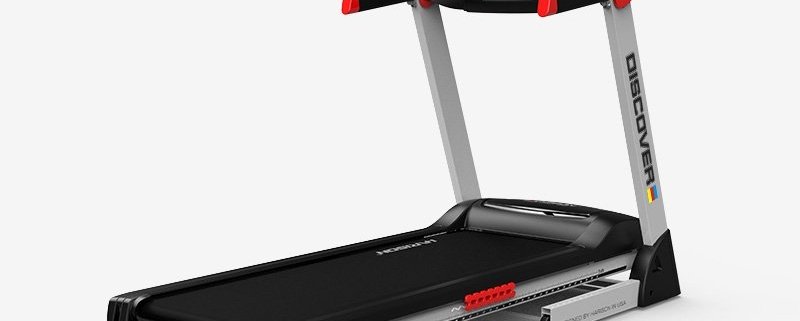

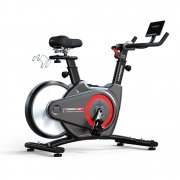

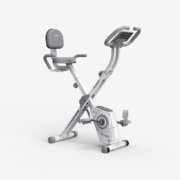


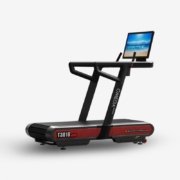
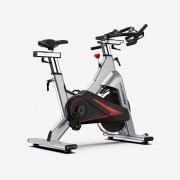






Leave a Reply
Want to join the discussion?Feel free to contribute!